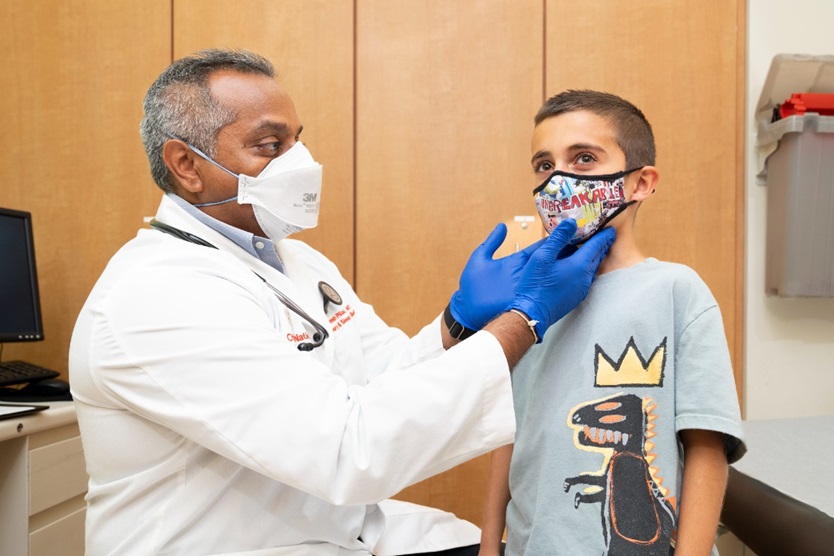Condition
Pediatric Paradoxical Vocal Fold Motion
What is paradoxical vocal fold motion?
According to the American Speech-Language Hearing Association, paradoxical vocal fold movement (PVFM) is a voice a disorder. The vocal folds (cords) behave in a normal fashion almost all of the time; but, when an episode of PVFM occurs, the vocal cords inappropriately close when they should open during inspiration.
What are the risks of paradoxical vocal fold motion in children?
Paradoxical vocal fold motion can be mistaken for asthma as it causes wheezing and difficulty breathing, sometimes to the point of requiring hospitalization. Other triggers may be shouting, coughing, physical exercise, acid reflux, breathing cold air, irritants such as smoke or pollen, psychosocial issues and neurological issues.
How is paradoxical vocal fold motion in children diagnosed?
Diagnosis is difficult because symptoms vary greatly between people. Episodes are not predictable. A laryngeal endoscopic evaluation, a scope passed into the nasal cavity into the throat, is typically completed. Paradoxical vocal fold motion is often diagnosed by a team of professionals, including a speech-language pathologist (SLP), otolaryngologist and pulmonologist.. Evaluation by a neurologist or psychologist is sometimes warranted.
How is paradoxical vocal fold motion in children treated?
Paradoxical vocal fold motion is treated both medically and behaviorally. Medical intervention addresses any physical and/or psychological factors. Behavioral intervention with an SLP includes vocal exercises, relaxation techniques, and proper breath support for speech. The goal of intervention is to have the patient become aware of what triggers paradoxical vocal fold motion, and teach them how to handle an episode when it occurs.
(2015 ASHA)
 Aasha's Rare Gift Will Help Other Babies Grow up Healthy
Aasha's Rare Gift Will Help Other Babies Grow up HealthyTesting the descrption field
Departments that Treat Paradoxical Vocal Fold Motion

Pediatric Aerodigestive Clinic
Our Aerodigestive Clinic provide specialized care for children with airway problems and feeding disorders.



